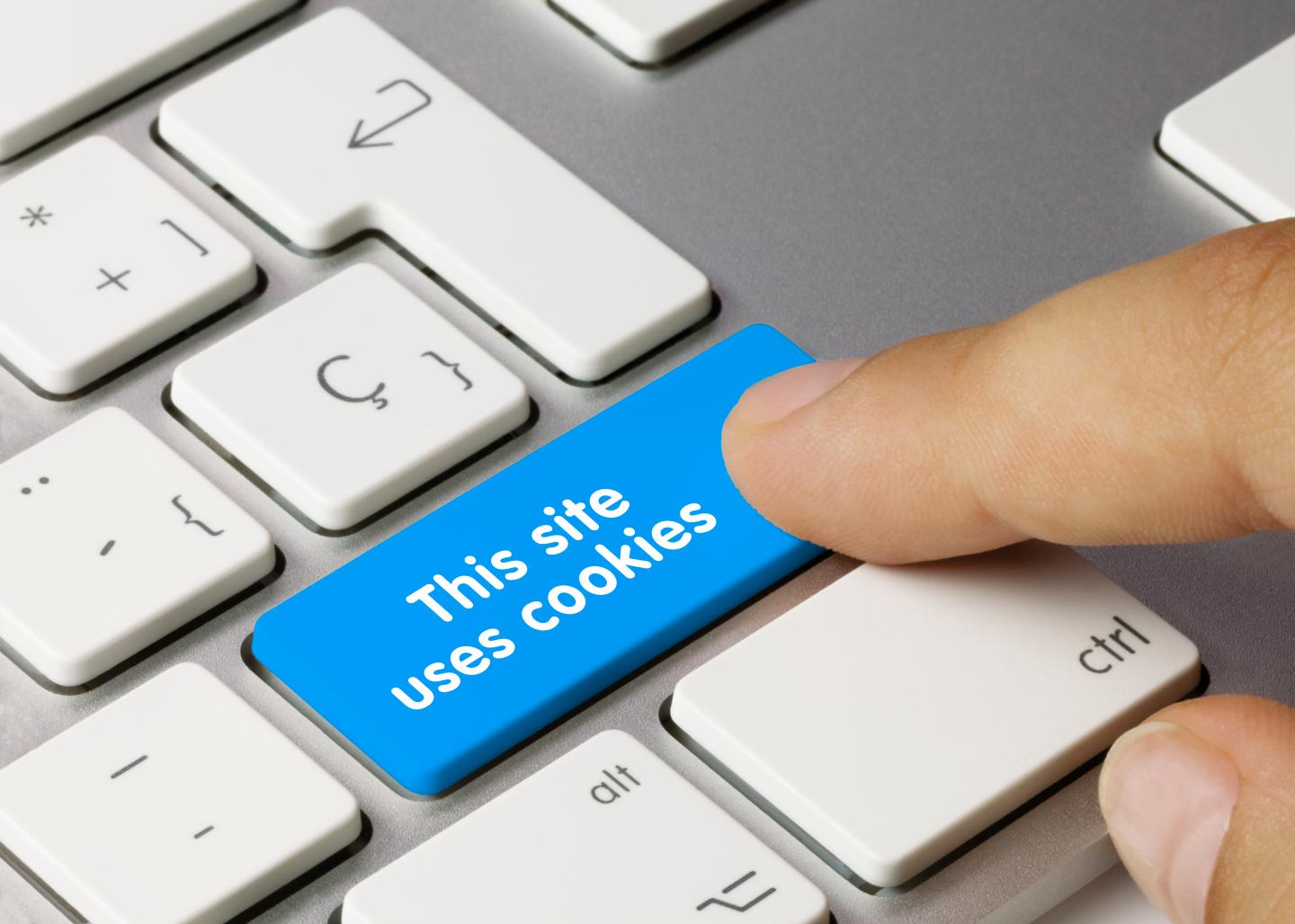Backbone Breaks Down the Implications of 3P Cookie Deprecation on Chrome

Google has started restricting access to third-party (3P) cookies on Chrome web browsers via its Privacy Sandbox. This follows similar actions from competing browsers like Safari and Firefox. Although the launch affects only 1% of Chrome users, Google aims to roll this out to all users eventually. While the timeline is uncertain, some experts are suggesting it could happen as early as Q3 of this year, so Backbone has worked to understand the impacts this may have on brands. (update: as of July 22nd, 2024, Google has proposed reversing their decision to deprecate third-party cookies and, instead, institute more user controls in Chrome).
Chrome maintains about half of the U.S. market share, so these changes will significantly impact targeting, optimization, and measurement for all digital marketers. However, brands in the outdoor recreation and lifestyle categories may be less affected. Web sessions from Backbone’s Brand Index show that the category receives nearly two-thirds of its web traffic from non-Chrome browsers:

Still, brands should be prepared for a web environment with total, 3P cookie deprecation and less data sharing. Planning in digital media may start to resemble linear with an increasing emphasis on demographics, cohorts, and contextual targeting.
Walled gardens like Google, Meta, and Amazon will lead the way, but CTV and large retailers are also set up to succeed. Marketplaces offering 3P inventory, such as programmatic and Google Partner network, face challenges in identifying users across unowned properties. Backbone works closely with The Trade Desk, our preferred programmatic partner and creator of UID2.0, to help curb the impact of cookie deprecation. Working with a strong platform and identifier solution that is widely adopted (like UID2.0) will be key to mitigating impacts to programmatic.
Below, we outline key items for digital marketers to know and ways to adapt across three major channels: Google Ads, Paid Social, and Programmatic.
Three Things to Consider
- Invest in first-party (1P) data: Increase 1P data through tactics like lead generation campaigns, email, direct interaction, and customer data collection. Then, activate via conversion APIs, contextual advertising, and more. While these are vital tactics in cookie-less environments, they cannot completely replace deterministic attribution.
- Rethink measurement and tracking: Media mix (MMM) and incrementality models offer methodologies for understanding the impact of your digital media that do not rely on individually tracked conversion outcomes. Additionally, cookie-less tracking solutions like server-side tracking may reduce some signal loss in unstable and absent cookie environments.
- Monitor Impact: Compare year-over-year and period-over-period outcomes from the launch of Chrome’s Privacy Sandbox through full roll-out, considering both in-platform and cross-channel measurement. Like the iOS14.5 roll-out, we are expecting an initial performance drop but optimistic that strong, AdTech innovations will offset the impact over time as players in the space have since increased investment in solutions.
Targeting
Third-party cookie deprecation means knowing less about your potential audiences’ web behavior and personal characteristics. Advertisers must adapt by developing sophisticated contextual targeting strategies, employing privacy-compliant ways of activating their first-party (1P) data, and partnering with vendors that have cookie-less solutions to connect the dots on authenticated users.
Google Ads: Audiences built from cross-site tracking will be lost.
- Action: Leverage 1P data through Privacy Sandbox’s Protected Audience API
- Enhanced AI targeting solutions like “Smart Bidding” and “Optimized Targeting” will be applied to Google campaigns automatically. Unsurprisingly, Google is recommending that customers adopt these tools to prepare for cookie deprecation
Programmatic: Targeting and personalization based on user actions taken across digital channels will become less precise.
- Action: Leverage contextual and predictive/lookalike targeting
- These solutions may not provide immediate performance boosts but testing them against 3P targeting before full deprecation is valuable
- Use positive and negative contextual targeting
- Increase brand safety layers
- Action: Target users through unified, deterministic identity solutions, such as Unified ID 2.0 (UID2), RampID, and KoreID. These solutions utilize pseudonymized versions of user IDs like email or phone number, allowing marketers to target their campaigns at an individual level without compromising privacy
- Start incorporating these audience segments to test scale
- Bid on trackable users, decrease bidding on non-trackable users
Paid Social: Social platforms are better adapted for cookie deprecation, as users are logged in to authenticated profiles.
- Action: Continue to leverage in-app targeting options like “Pin-Engagers” on Pinterest
Measurement
Existing frameworks for tracking and attributing conversions across campaigns will be increasingly compromised. Some solutions may slow signal loss, but new forms of probabilistic measurement should be considered.
Google Ads: Google will rely on probabilistic modeling for conversion tracking.
- Action: Enable Enhanced Conversions
- Enhanced conversions may improve attribution by matching visitor data to ads viewed on other devices through hashed Google IDs and logins
- Action: Compare attribution models
- Understand how existing attribution models differ from probabilistic ones (like GA4’s data-driven attribution) while they are still partially reliable
Programmatic: Cross-channel measurement will become more difficult, obscuring the contribution of various touchpoints in the customer journey.
- Action: Again, deterministic ID solutions may cover some signal loss across channels in platform
Paid Social: Platform metrics may not be greatly affected, but upper and mid-funnel tactics may appear less productive in multi-touch attribution.
- Action: Ensure continued use of platform pixels and conversion APIs to privately share first-party conversion data with platforms
Optimization
Digital marketers should remain vigilant about how well platform optimization strategies fare after full 3P cookie deprecation. Platform solutions may provide viable alternatives.
Google Ads: Cross-site actions are likely to become less visible, potentially making reach and frequency less accurate.
- Action: Lean more heavily on AI and proprietary signals on owned and operated properties such as search and YouTube
Programmatic: Without reliable user identification, cross-channel metrics like clicks, impressions, reach, frequency, and revenue used in programmatic platforms may become less reliable.
- Action: Dedicate a portion of spend to long-term targeting solutions (like deterministic IDs and contextual targeting) to gain further learnings and insights, even when they don’t produce top performance.
Paid Social: Optimization impacts will likely be limited as many social platforms have aggressively invested in adaptable, privacy-first solutions in the wake of iOS14.
- Action: Consider investing more in social if other channels suffer performance declines


